TPW TV: Whoopers
Friday, April 17th, 2015This is Passport to Texas
The endangered Whooping Crane, one of the rarest birds in North America, makes its home at the Aransas National Wildlife Refuge along the shallow bays of the Texas Gulf.
10— This is a species that almost went extinct. I mean, it was almost gone forever from the face of the earth.
Dr. Felipe Chavez-Ramirez is Director of Conservation Programs at the Gulf Coast Bird Observatory. The species has been making a slow comeback from 16 birds in 1941 to 300 today. Watch Dr. Chavez-Ramirez and his colleagues trap adult Whoopers and fit them with GPS tracking devices during a segment of the PBS Texas Parks and Wildlife TV Series. Wade Harrell, with the U.S. Fish and Wildlife Service, is also on the show.
11—We’re going to learn a lot in terms of new places that they use that we didn’t know about before. So, I think there’s going to be a real paradigm shift in how we manage and conserve whooping cranes going forward.
It’s no easy task trapping these big birds, yet, once fit with trackers, team members, like Veterinarian Barry Hartup, believe the data returned to them will be eye-opening.
14— What we’re doing with capturing adult birds on the Aransas Refuge has never been done before. So, we’re learning a lot about these birds in terms of their movements, their survival, their overall health – what we can do to further their protection and conservation into the future.
Watch the segment on Whooping Cranes on the PBS Texas Parks and Wildlife TV series next week. Check your local listings.
The Wildlife and Sport Fish Restoration Program supports our series and funds diverse conservation projects in Texas.
For Texas Parks and Wildlife…I’m Cecilia Nasti.
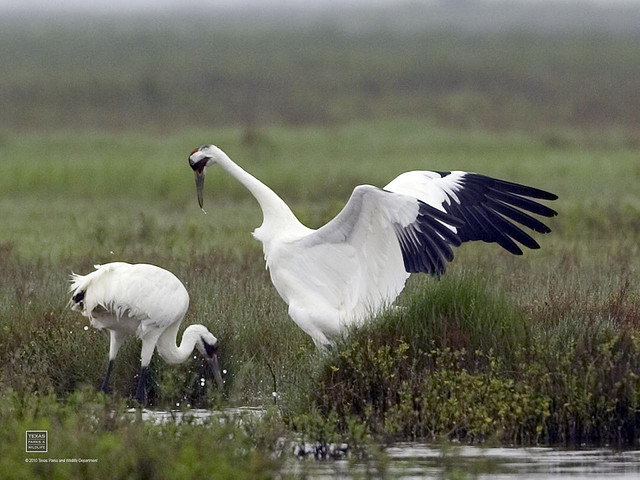

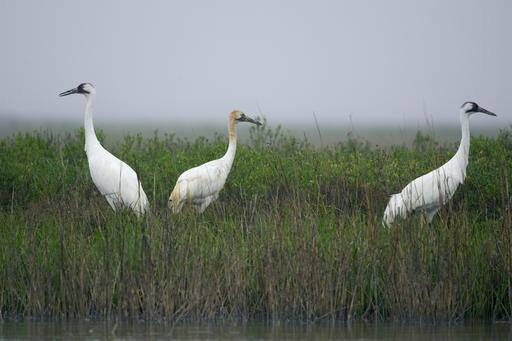
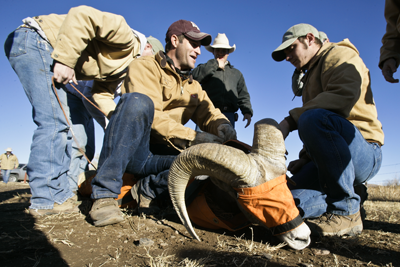
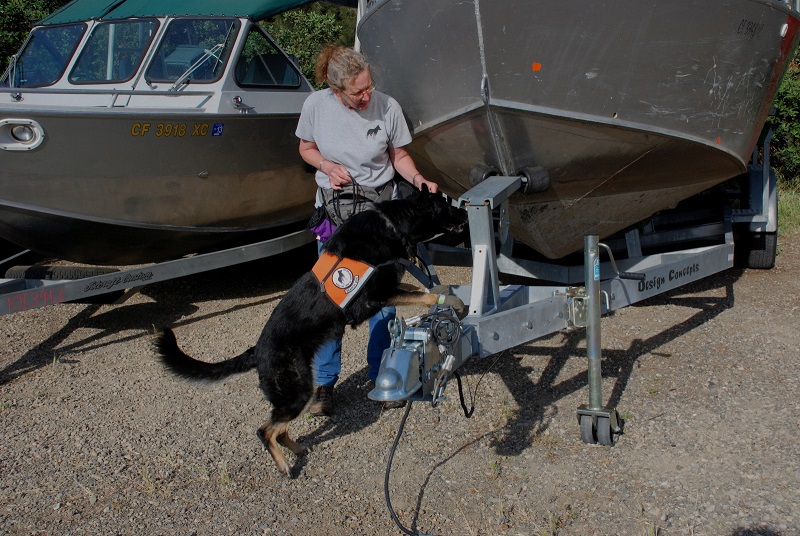
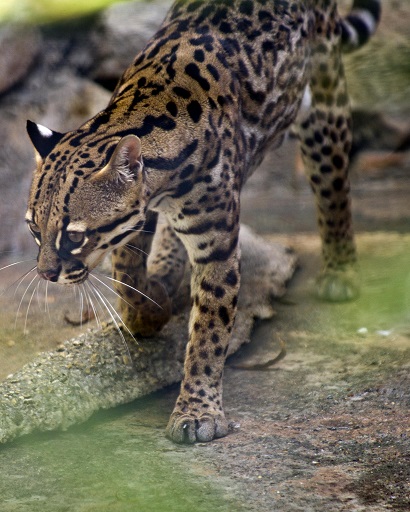

 Passport to Texas is a
Passport to Texas is a  Passport to Texas is made available by:
Passport to Texas is made available by: